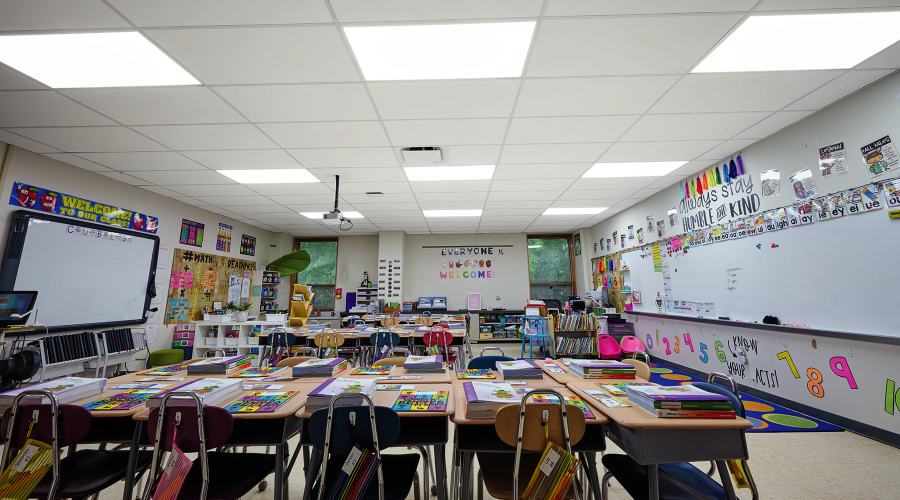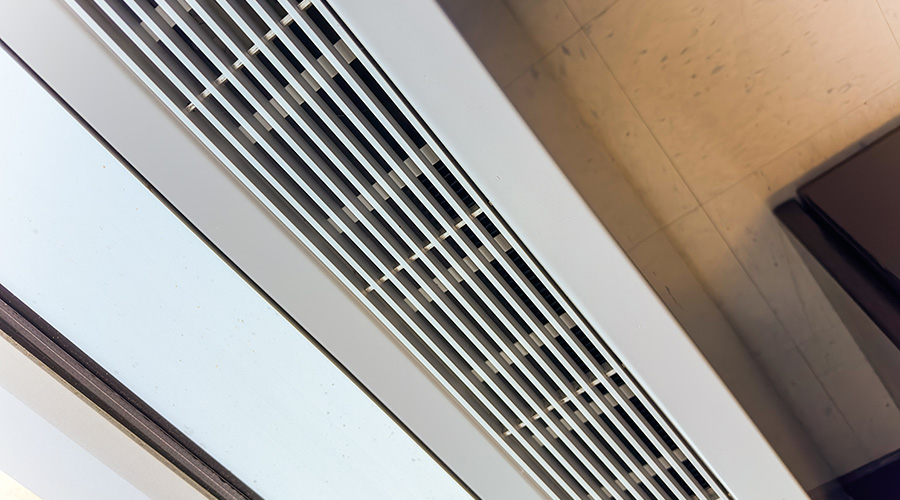Training Areas Include Ergonomics and IAQ
Maintenance and engineering managers can consider several safety-related training areas beyond core issues in an effort to further protect technicians servicing electrical and HVAC systems. These additional areas of training include:
Ergonomics. Certain job activities can lead to fatigue, discomfort, and pain when performed repeatedly or for long periods of time. These activities include: exerting forces; awkward work positions and postures; remaining in the same position for a long time with little or no movement; continuous pressure from a hard surface or edge on any part of the body; working in very hot or cold temperatures; and the effects of equipment or tools that vibrate.
Hazardous materials. Electricians and HVAC technicians face exposure to hazardous materials, such as mercury in lamps, polychlorinated biphenyls in transformers and ballasts, and lead associated with electrical systems. Refrigerants, including anhydrous ammonia, are used in many industrial facilities, posing chemical hazards and other hazards, such as those from compressed gases.
Indoor air quality (IAQ) and mold. HVAC systems generally are designed to provide heating and cooling to a building. But many IAQ complaints arise from the improper operation or design of HVAC systems. Mold problems often arise from poor air circulation, large temperature variations within a building, and condensation problems. Technicians should be able to recognize basic IAQ and mold issues related to the HVAC system.
Related Topics:


















